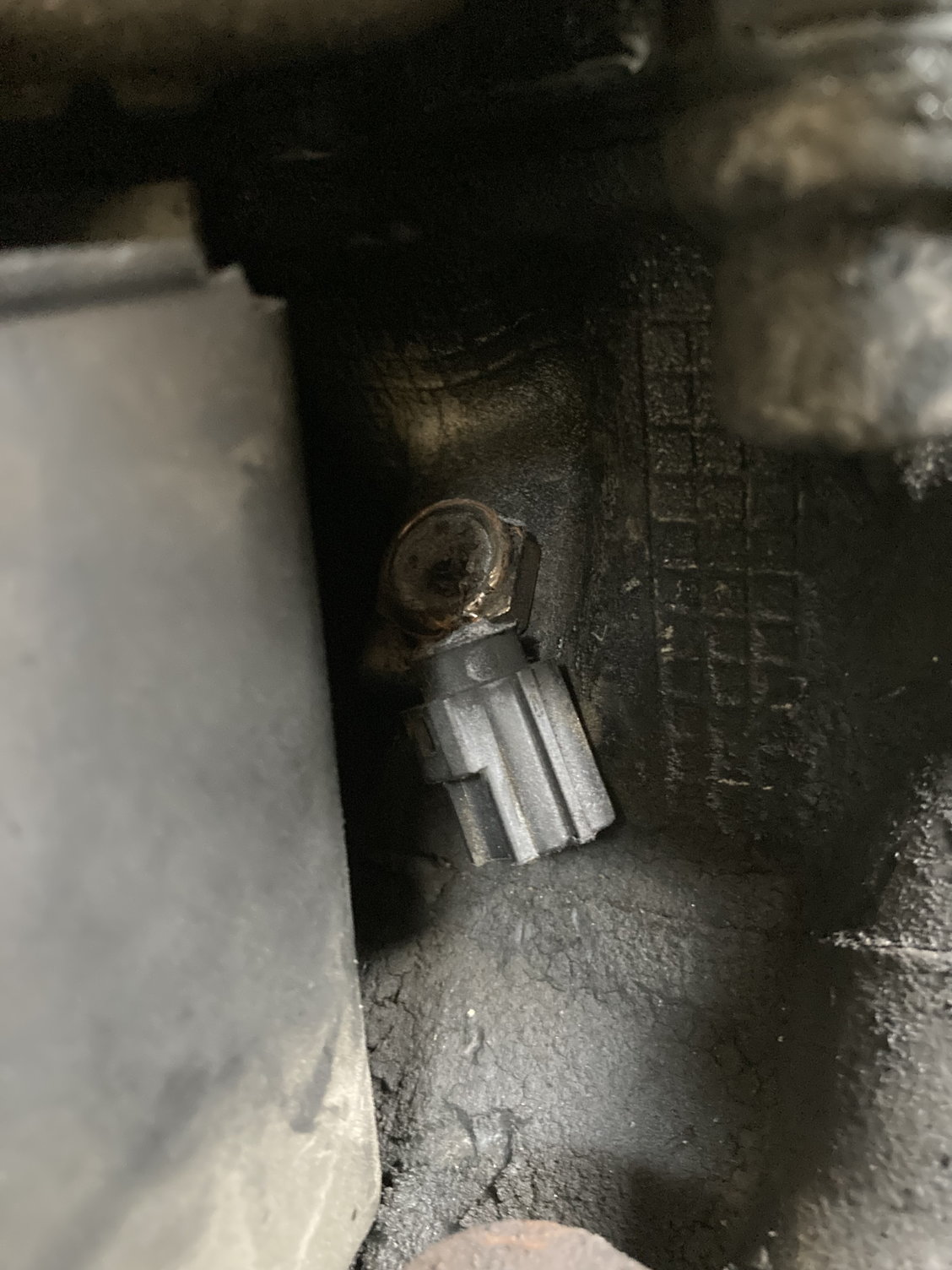
Misfires occur when the combustion inside the engine cylinder fails.

If you experience some small hiccups on idle, it can be a faulty IAT sensor. This is also a condition when you can feel the faulty air intake temperature sensor’s slightly faulty air-fuel mixture. Idle is also one of these conditions when the engine is susceptible to the right air-fuel mixture. If your intake temperature sensor makes the engine control unit inject the wrong amount of fuel, you might find it a tough time trying to start your car. Your car needs a lot of and the correct amount of fuel. The starting condition is a very critical moment for your car. A false signal may cause the PCM to miscalculate the air and fuel mixture, resulting in a drop in acceleration.Ĭolder temperatures require more fuel, which the engine control module is programmed to calculate. Drop in Accelerationĭue to a faulty intake temperature sensor, the engine control module may think that the engine’s air is colder or warmer than it actually is. If you notice a check engine light on your dashboard, check the trouble codes with an OBD2 scanner or let your mechanic do it.

The engine control unit heavily monitors all sensors in a car engine, and if one fails, it will light up the check engine light immediately. The check engine light will often appear on your dashboard when you have any issues with the IAT sensor. This is just a quick overview, and if you want to learn more specific information, here is a more detailed list of the signs of a bad or failing intake air temperature sensor to look for: 1. The performance signs you may notice are slow acceleration, hard cold start, rough idle, or misfires. The most common symptoms of a bad intake air temperature sensor are engine performance issues and a check engine light on the dashboard. If resistance is greater than 5 ohms, repair open Red/White or Pink/Orange wire.Conclusion Symptoms Of A Bad Intake Air Temperature Sensor (IAT) If resistance is less than 5 ohms, repair/replace instrument cluster. Disconnect instrument cluster harness connector C237. Check Red/White Wire & Pink/Orange Wire For Open - Turn ignition off. If resistance is less than 10 k/ohms, repair short to ground in Red/White wire. If resistance is greater than 10 k/ohms, repair/replace instrument cluster. Measure resistance between instrument cluster harness connector C237 pin No. Check Red/White Wire For Short To Ground - Turn ignition off. If temperature gauge does not indicate hot, go to next step.ģ. If temperature gauge indicates hot, replace coolant temperature sensor. Bypass Temperature Sensor - Connect a jumper wire between the 2 pins of temperature sensor harness connector. If temperature gauge does not indicate cold, go to step 3).Ģ.

If temperature gauge indicates cold, go to next step. Turn ignition off.ĭisconnect coolant temperature sensor. Let us know what you find.ĭisconnect Sensor - Ensure temperature sensor connector is in good condition.
#2002 ford f150 4.6 coolant temp sensor location free#
Since we do not know where you are, in the US Autozone offers a free OBD scanning. As for the engine light, have your vehicle scanned. Also, make sure that your engine block has a strong ground, You could temporarily connect a jumper cable from the negative of the battery to the engine block. Make sure that it is one for a gauge not a temp light. If it does move than consider another different sender. If it does not you may have to replace your instrument cluster. That would mean your gauge at least works. Remove the sensor wire and ground it, the temp gauge should move to HOT.


 0 kommentar(er)
0 kommentar(er)
